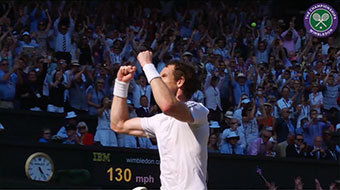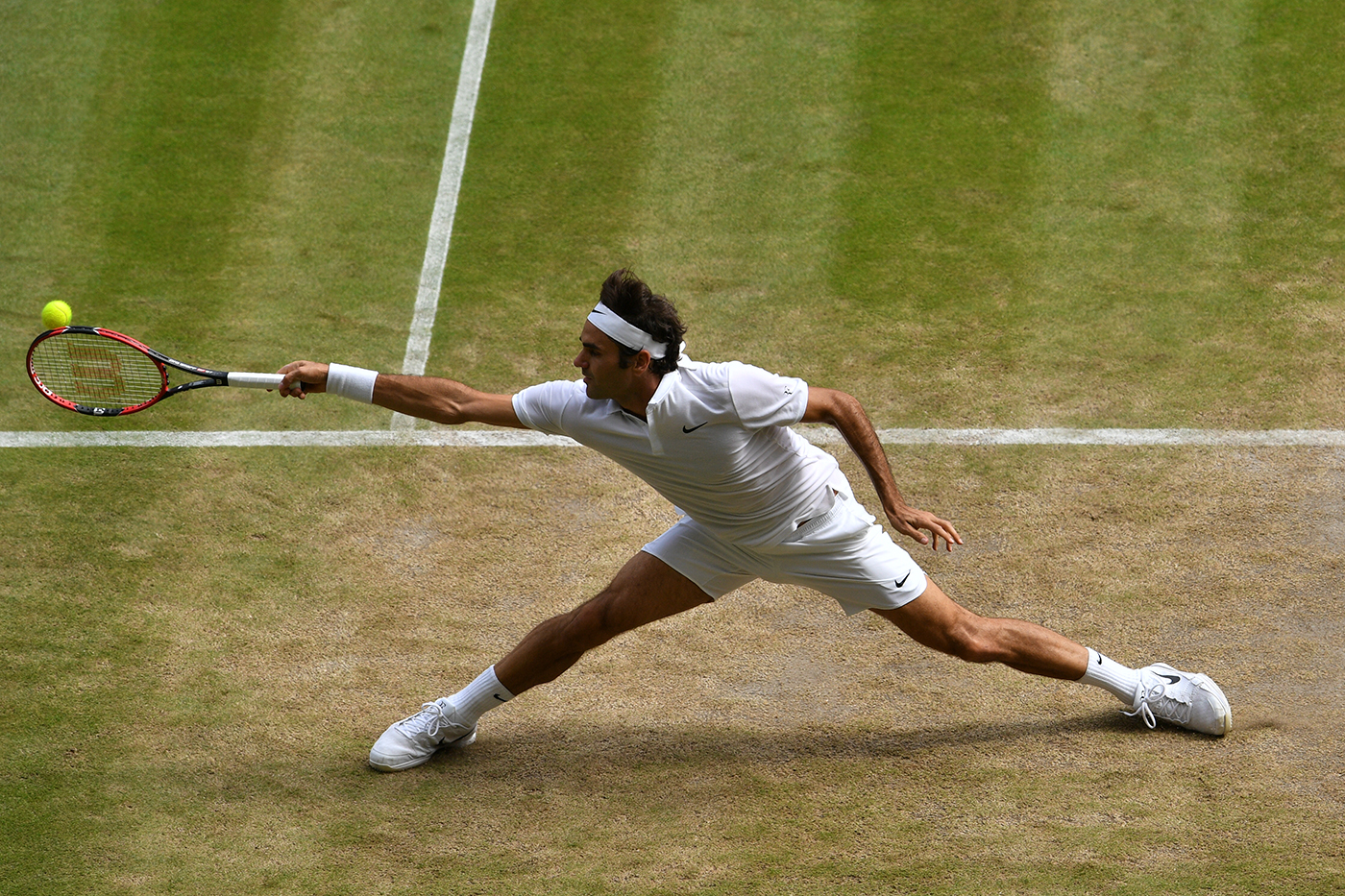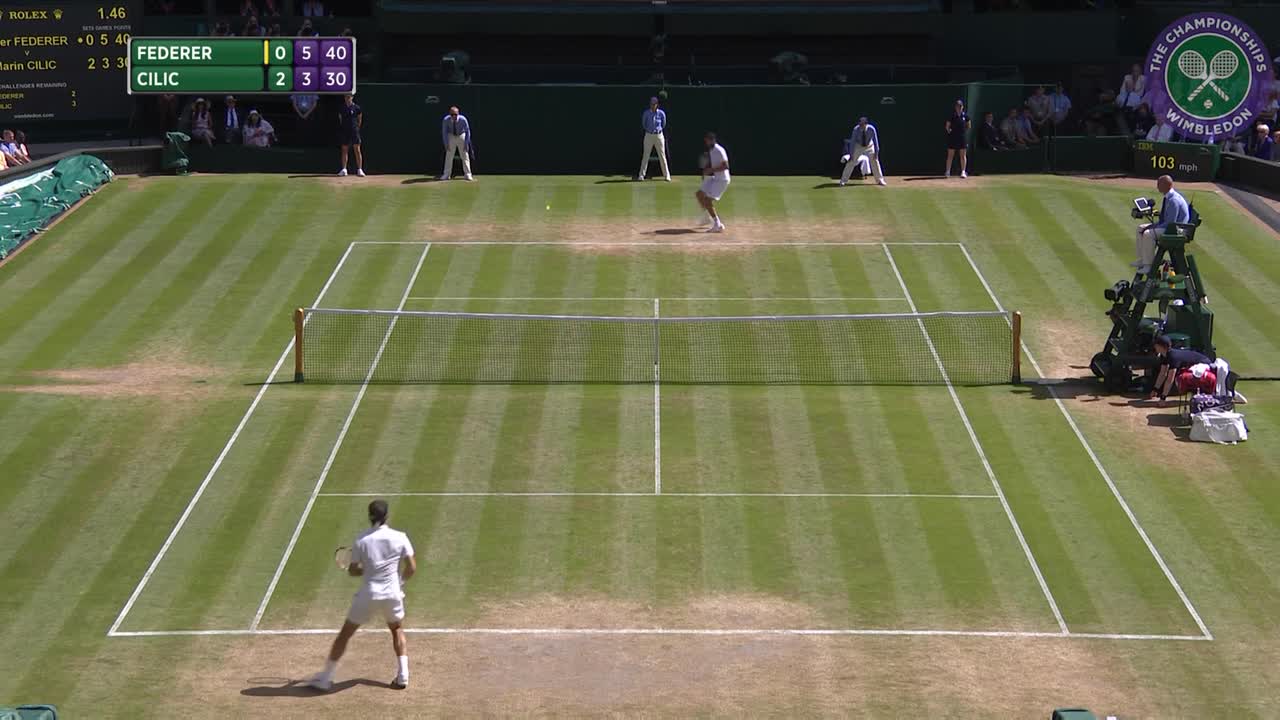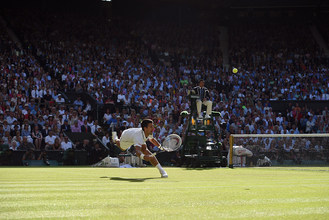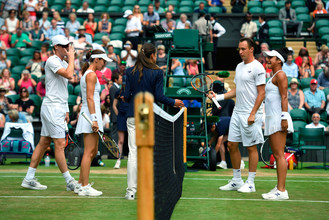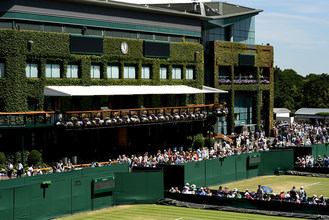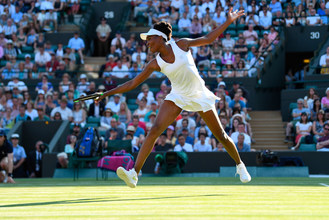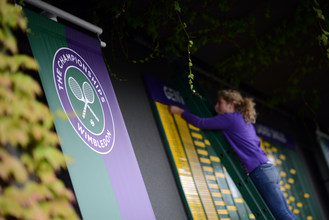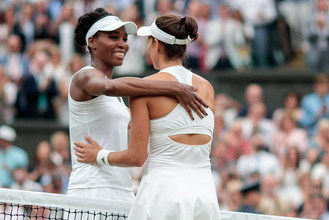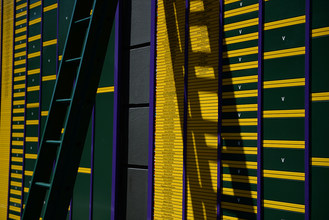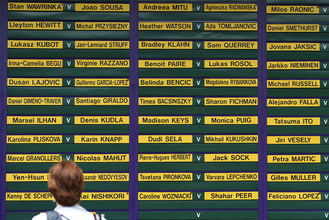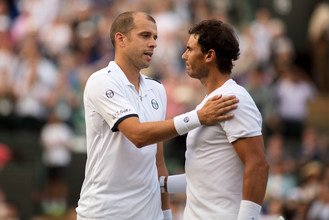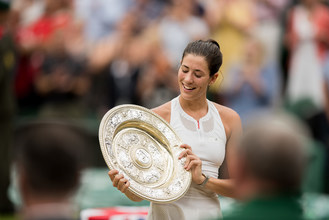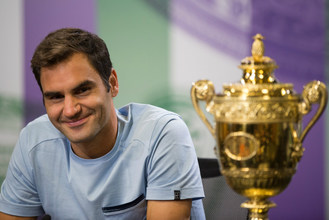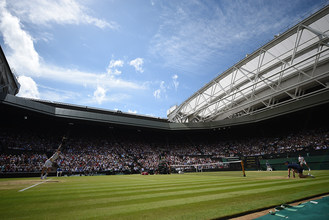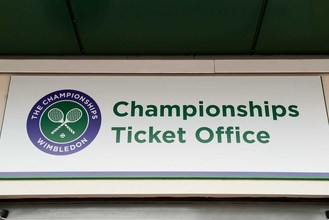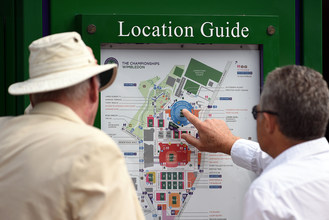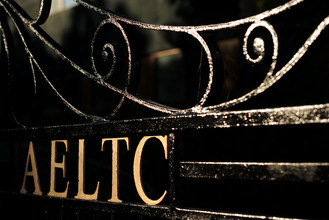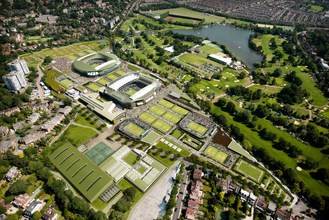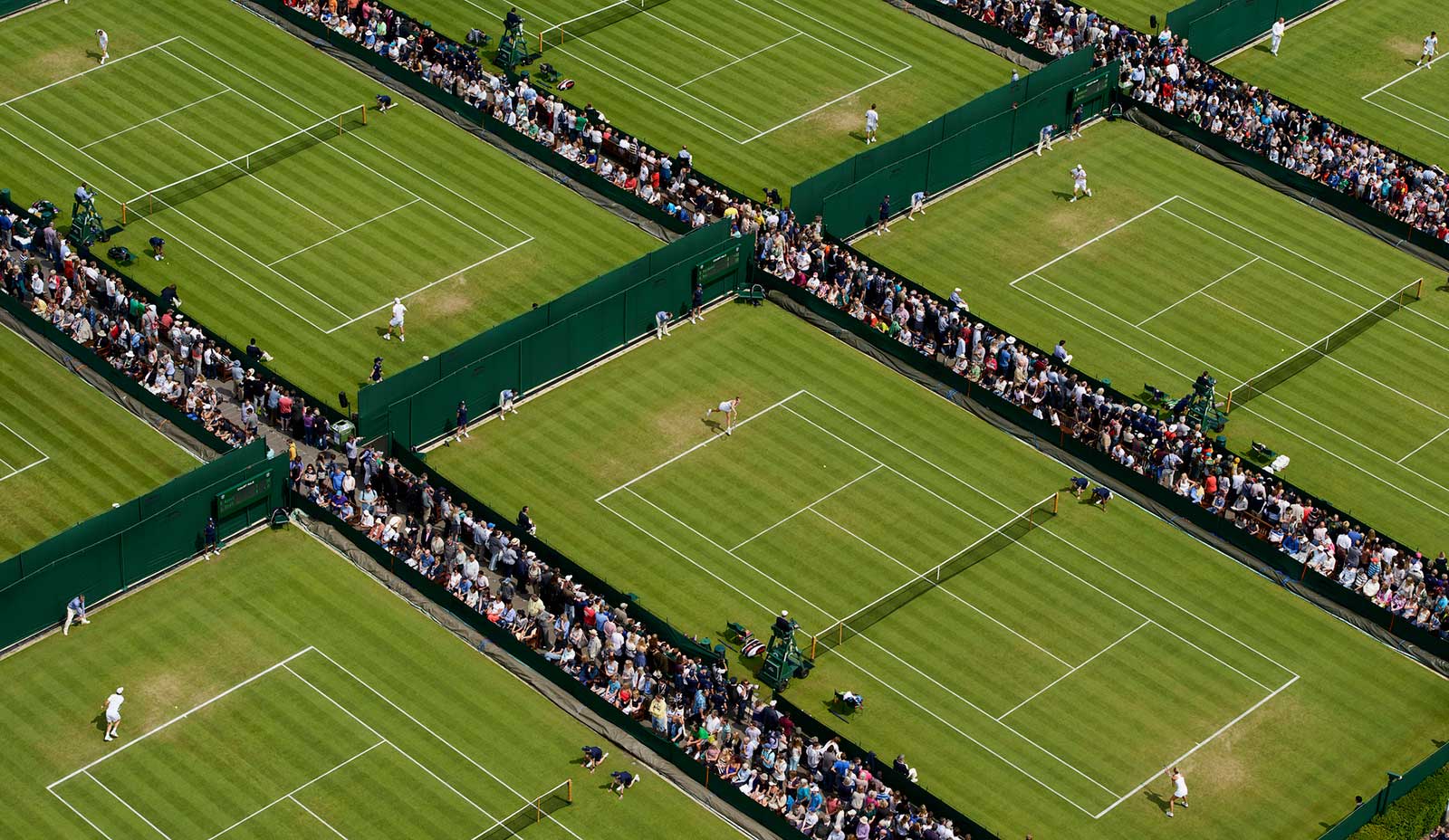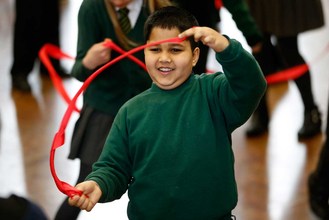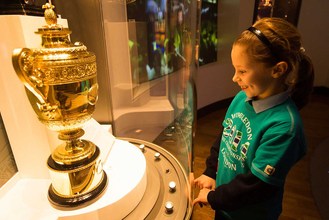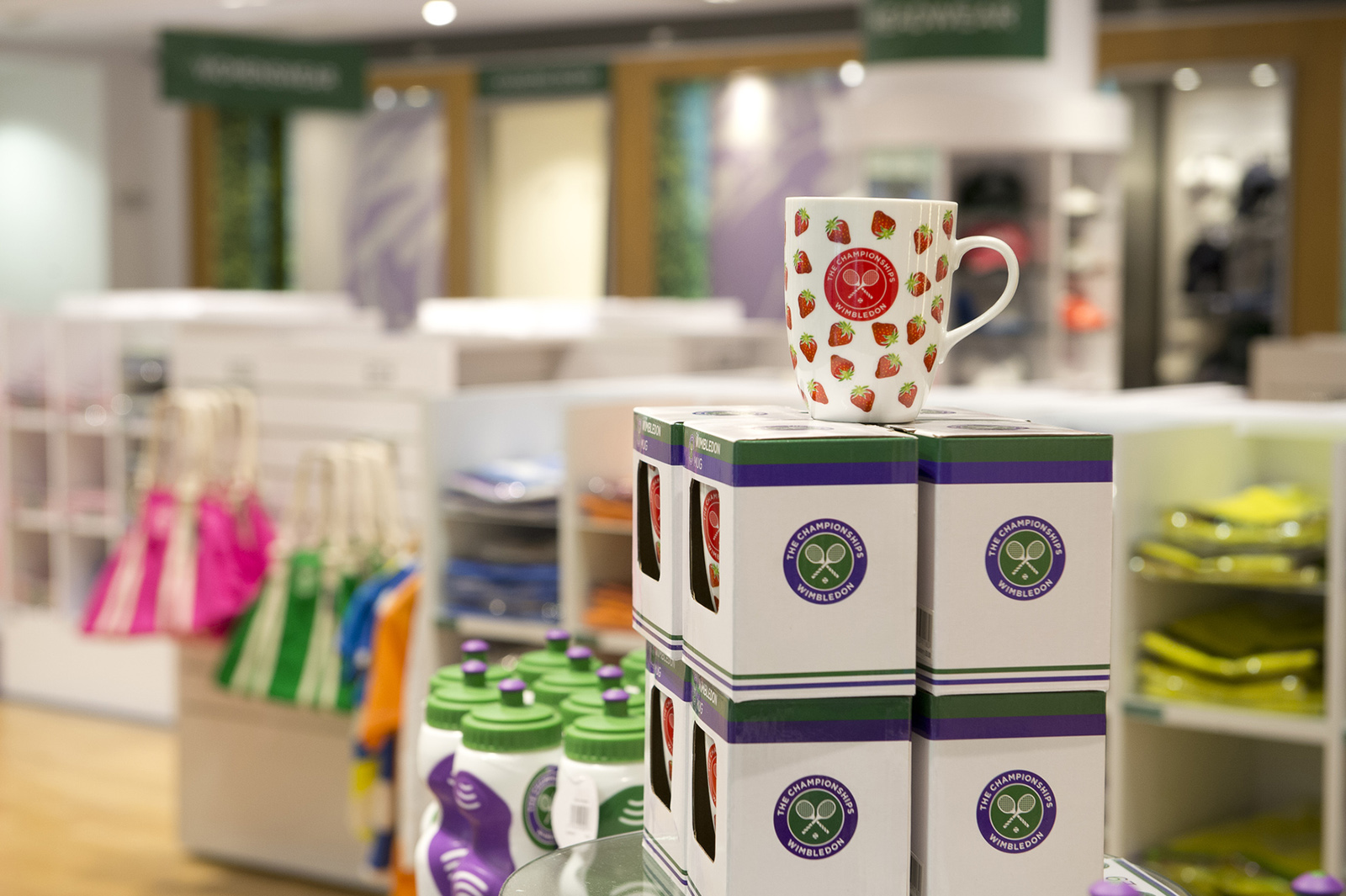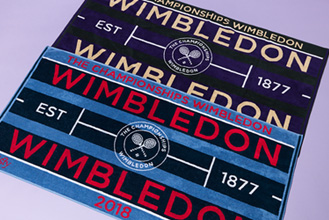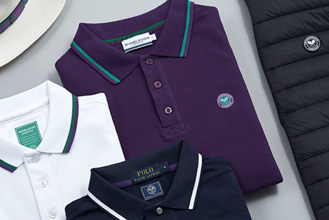Even after Marin Cilic won the first two sets over Roger Federer, and went up 0-40 on his serve in the third, you knew that it couldn’t just...end that way, right?
Sure, it had ended just that way, quickly and painfully for Federer, the last time he had faced Cilic, at the 2014 U.S. Open. That day Federer had been, as he recalled this week, “brushed off the court like I was nothing,” in three one-sided sets.
But this was Wimbledon, this was Centre Court, this was grass, this was a Federer who had strode out in the white jacket that he had worn during his prime title-winning years here. And with Novak Djokovic on the sidelines, this may have been the 34-year-old Federer’s last realistic chance of winning one of more those titles at his favourite tournament.
As he served at 3-3, 0-40 in the third, Federer himself wasn’t so sure of his chances. All he could do against a heavy-hitting opponent seven years his junior was “hope.”
“It was about staying in the match,” Federer told the BBC, “and somehow hope for his level to drop a little bit, and get a little bit lucky. And that’s exactly what happened.”
Federer’s luck began to turn on the next shot. Cilic drilled a return at his feet, and Federer reflexed it back into the court.
"Three-all, love-forty,” Federer said, “I have to pick up a half-volley that could go in the stands, and it stays in. Next thing you know, you’re back in the match.”
But Federer also knew that, even if he wasn’t at his best, even if his back was acting up and he was feeling all of his 34 years, even if he couldn’t buy a first serve when he needed one, he still had his name and reputation to rely on.
“Credit to myself” for winning so much, Federer had said earlier in the tournament when asked why he was always scheduled on Centre Court. Credit to himself, too, for winning so often that he could rely on some unwanted nerves creeping into Cilic’s racket as he tried to close it out.
Federer could also, whether he thought of it at the time or not, rely on tennis’s scoring system to make Cilic’s racket shake just a little more.
In this game, it isn’t enough to win most of the points, or to be the better player; you must also win THE point, the dagger, and you must do it, at some stage, on your opponent’s serve. As well as Cilic played - he hit 59 winners and 23 aces - that was the one thing he couldn’t do.
At 3-3 in the third, 30-40, Federer spun in a second serve; Cilic shanked the return. It was the start of a pattern. Serving at 1-2 in the fourth set, Federer fell behind 15-40, but Cilic missed two straight second-serve returns. Serving at 4-5 in the fourth, Cilic reached match point, but again he couldn’t return a second serve.
When he reached 7-6 in the tie-break, his third match point, Cilic missed another second-serve return into the net. He had been winning the rallies for most of the match, but Cilic couldn’t get himself into one when it mattered most.
“[I would] try to be more aggressive on the chances when I had them in the fourth,” Cilic said later when asked if he had any regrets about how he had played.
“Maybe there was a slight hesitation in some of them, obviously the situation I was in made it big, so I was not getting the best out of me.”
As for Federer, Cilic said: “I don’t think he’s slowing down.”
This was the first five-setter Federer had played since saving match points in his quarter-final win over Gael Monfils at the 2014 U.S. Open.But today he grew stronger as the match progressed, and was in command down the stretch. And at 9-9 in the tiebreaker, when the match had reached its frenzy-inducing summit, Federer came up with one of the great gets of his career, a running stab forehand that turned what looked like a lost point into a winning one. From then on, he never trailed.
“I played super great at the end,” Federer said.
Will this match launch Federer to his 18th major title? There’s still a long road ahead, but if it does, his comeback will be remembered forever. But even if it doesn’t, the fourth-set tiebreaker shouldn’t be forgotten. It joins two others that Federer won here - over Rafael Nadal in the 2008 final and Novak Djokovic in the 2015 final - as classics of that cut-throat genre.
I played super great at the end
This was the only one of those tie-breaks where Federer also went on to win the match, and it may have been the most dramatic of the three. Where were you during those 20 points? Were you hiding behind the couch as Cilic reached match point? Were you glued to your chair as Federer won a heart-stopping volley exchange at the net?
Were you on the floor in front of the screen as Cilic pounded another winning serve onto the sideline? Were you disturbing the neighbors with your screams as Federer flipped an easy forehand long on set point? Were you watching from a different screen, in a different room, because you thought it would bring your favorite player luck? Could you bear to watch?
Even if you couldn’t, you knew that it’s for moments like these that we watch in the first place. And whether or not you were happy with the result, part of you knew that this match was going to reach that moment today. This was Wimbledon, this was grass, this was Federer. It had to end that way.

